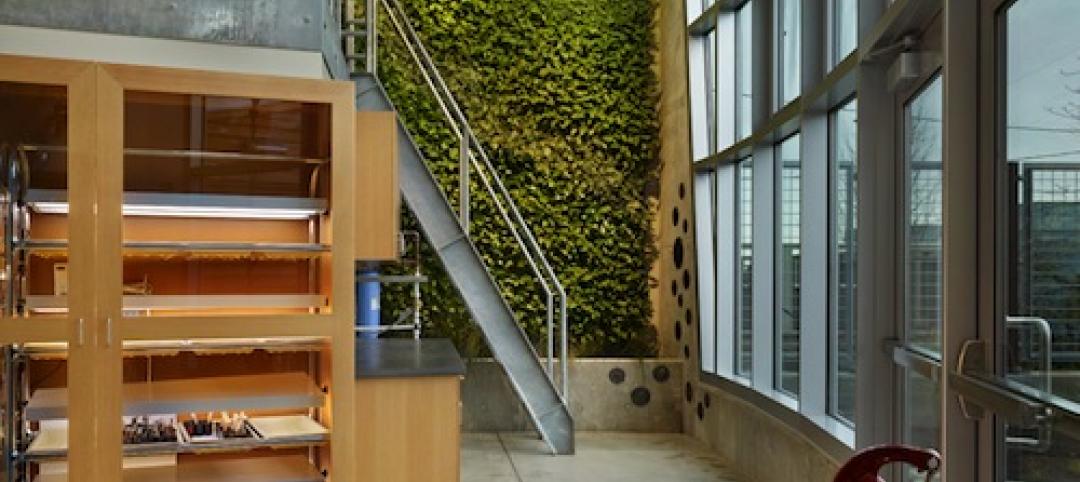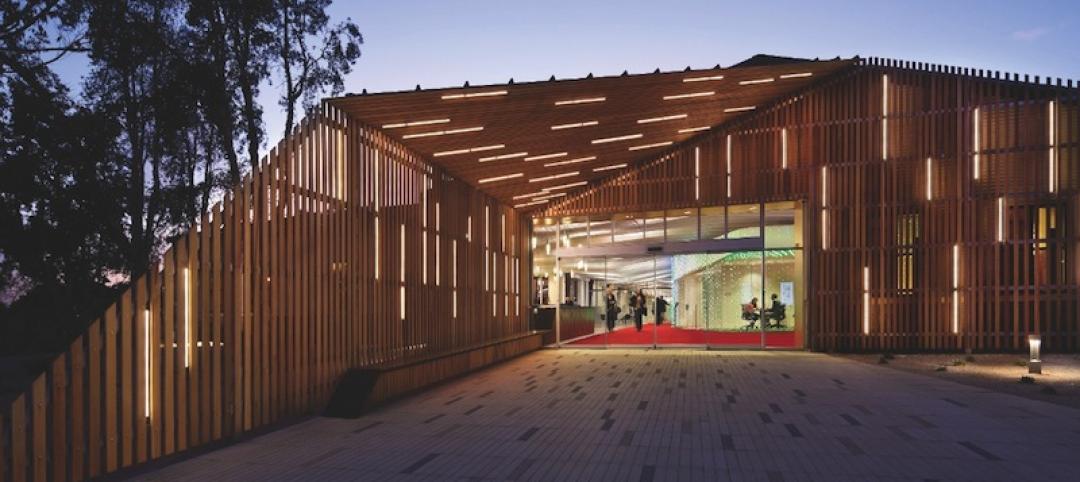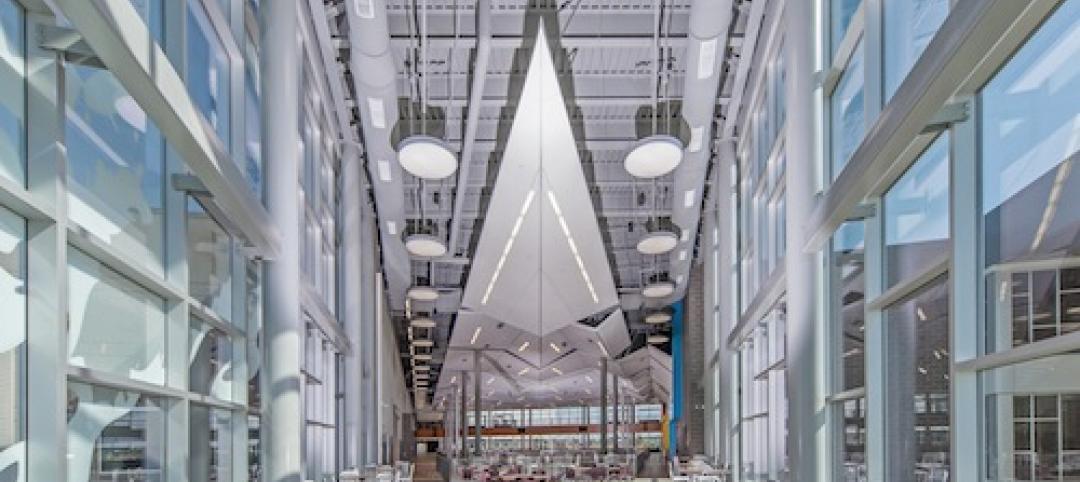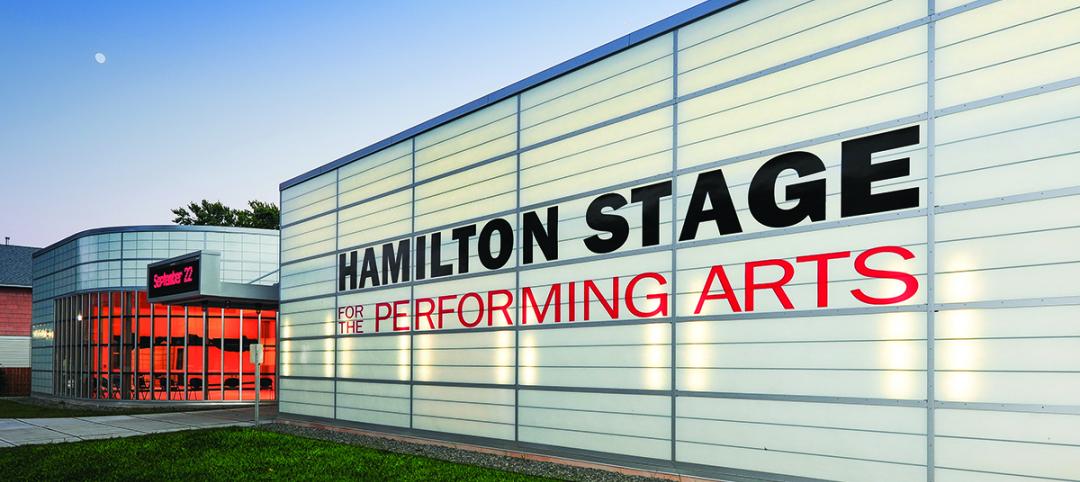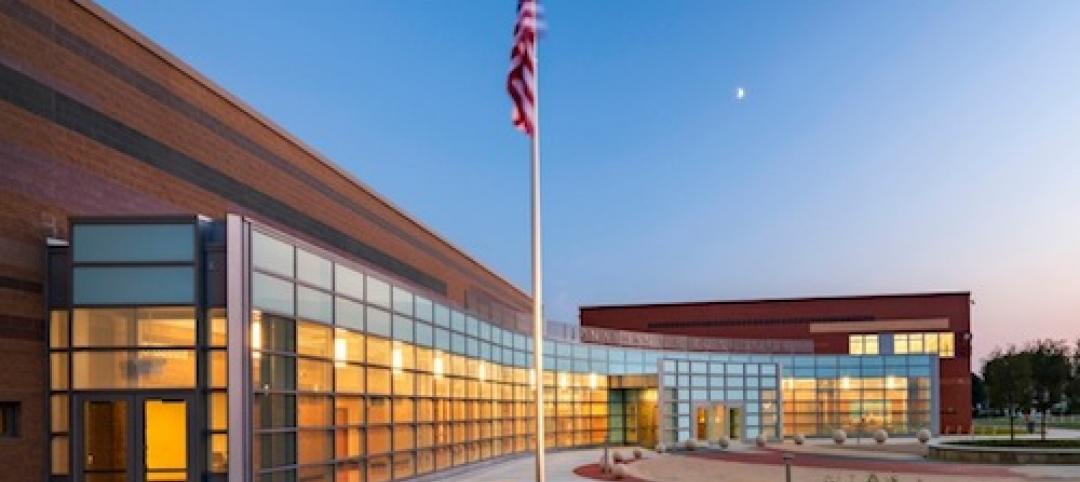Gilbane Building Company today announces the publication of the Winter 2012 edition of Construction Economics -- Market Conditions in Construction. Based on an array of economic data, construction starts, and material cost trends, this free report indicates an increase in construction spending over last year but cautions of an expected downturn again in early 2013.
According to the report, margins are up a slim 1% to 2% year over year for 2012. Once 2013 growth in nonresidential work picks up and both residential and nonresidential are active, the industry may begin to see some labor shortages and productivity losses, which will push up escalation. Also, as it did in 2012, even moderate growth in activity will allow contractors to pass along more material costs and increase margins.
Potential impact of recent events:
- According to the Associated General Contractors (AGC), Hurricane Sandy may not add any economic impact to the construction industry. For the most part, any funds directed to reconstruction will be diverted from some other potential or previously planned construction project and will be spread over a long time span.
- Bond issues considered in the recent elections amount to just over half ($30+ billion) of what was approved in 2008 elections ($60+ billion), signaling a reduction in publicly funded work.
- At the recent McGraw Hill Outlook conference, none of the economists expect the fiscal cliff to happen. However, sequestration or the compromises agreed upon will likely reduce funds available for federal and public projects.
Among the topics covered in this comprehensive report are:
- Construction Starts, Spending, & Costs
- Material Price Movement
- Trends and Costs for Structural Steel, Recycling Steel, & Copper
- Architectural Billings Index
- Current Inflation Forecast
- ENR Index -- BCI History
This free report is available for download at http://info.gilbaneco.com/construction-economics. +
Related Stories
| Apr 15, 2013
Seattle school certified as world's fourth Living Building
Bertschi School, an independent elementary school in the Capitol Hill neighborhood of Seattle, Wash., is now home to the first Living Building on the West Coast and the world’s fourth fully-certified Living Building.
| Apr 15, 2013
Advanced lighting controls and exterior tactics for better illumination - AIA/CES course
To achieve the goals of sustainability and high performance, stakeholders in new construction and renovation projects must rein in energy consumption, including lighting. This course presents detailed information about lighting control strategies that contribute to energy efficient buildings and occupant well-being, as well as tips for lighting building exteriors effectively and efficiently.
| Apr 15, 2013
eBay, Microsoft, Walt Disney World among keynote speakers for 2013 SMPS Conference, July 31 – August 2 in Orlando
The Society for Marketing Professional Services (SMPS) is pleased to announce the keynote speakers for ?Build Business: Dream Big!,? its 2013 conference to be held July 31 – August 2 at the Walt Disney World® Swan and Dolphin in Orlando.
| Apr 15, 2013
Using software and the power of the cloud to connect your back office to your field operations [webinar]
This webinar will focus on a new software subscription service that will help construction companies, general and specialty contractors connect their back office infrastructure with all of their field operations. The service will help capture, manage and report on the progress of existing construction jobs and help in the planning of new ones.



